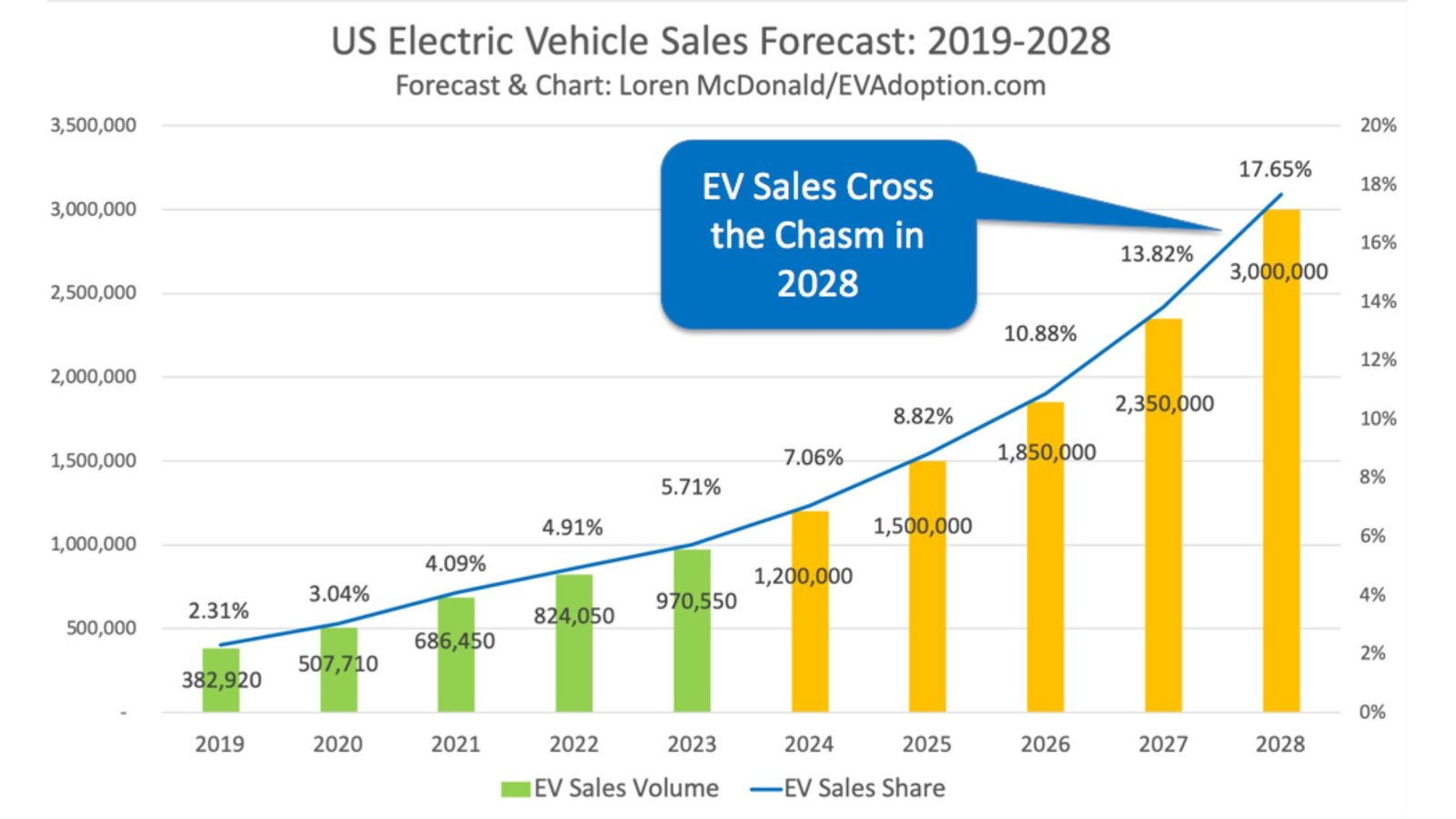Predictions for Electric Vehicle Pricing
Electric vehicles (EVs) have come a long way since their inception, and pricing is one of the key factors influencing their adoption. As technology advances and market dynamics shift, predictions for electric vehicle pricing are becoming increasingly important. Understanding these trends can help consumers make informed decisions and anticipate future costs.

Current Pricing Trends for Electric Vehicles
The cost of electric vehicles has been decreasing over the past decade. Early models were often priced significantly higher than their gasoline-powered counterparts, primarily due to the high cost of batteries. However, as technology has improved and production scales have increased, prices have started to fall.
Battery Costs Driving Prices Down
A major factor contributing to lower EV prices is the reduction in battery costs. Batteries account for a significant portion of an electric vehicle’s total cost. Advances in battery technology and increased production efficiency have led to lower prices for battery packs. This trend is expected to continue, making electric vehicles more affordable for a wider range of consumers.
Predictions for Future Electric Vehicle Pricing
Several factors will influence electric vehicle pricing in the coming years. While exact predictions can vary, several key trends are likely to impact EV prices.
Continued Decline in Battery Costs
Experts predict that battery costs will continue to decline as technology advances and production scales up. For example, the cost of lithium-ion batteries has dropped by over 80% in the past decade. As manufacturers develop new technologies, such as solid-state batteries, which promise even greater efficiency and lower costs, the price of EVs is expected to decrease further.
Increased Competition and Market Expansion
As more automakers enter the electric vehicle market, competition will increase. This competition is likely to drive prices down as companies strive to offer more affordable options to attract consumers. Additionally, the expansion of the EV market into different segments, such as budget-friendly models and luxury vehicles, will provide more pricing options and help drive overall costs down.
Government Policies and Incentives
Government policies and incentives play a crucial role in shaping electric vehicle pricing. Many countries offer subsidies, tax credits, and other financial incentives to encourage EV adoption. These incentives can reduce the effective cost of purchasing an electric vehicle, making them more accessible to consumers.
Impact of Supply Chain Issues
While the overall trend is toward lower EV prices, supply chain issues can cause temporary fluctuations. For instance, shortages of critical materials or disruptions in production can lead to higher prices. However, as the industry adapts and supply chains stabilize, these effects are expected to be short-term.
Emerging Trends Affecting Pricing
Several emerging trends will also impact electric vehicle pricing in the future. These trends include advances in technology, shifts in consumer preferences, and changes in regulatory environments.
Technological Innovations
Ongoing research and development in battery technology, vehicle design, and manufacturing processes are likely to lead to cost reductions. For example, advancements in battery recycling and the use of alternative materials could further lower production costs. Innovations in autonomous driving and connected vehicle technologies may also influence pricing, depending on how these features are integrated into EVs.
Growing Demand for Electric Vehicles
As consumer demand for electric vehicles continues to grow, economies of scale will help reduce costs. Higher production volumes can lead to lower per-unit costs, making electric vehicles more affordable. Additionally, as EVs become more mainstream, manufacturers will be able to offer a broader range of options at different price points.
Changing Regulations and Standards
Regulatory changes and environmental standards will also impact electric vehicle pricing. For instance, stricter emissions regulations may increase the cost of traditional vehicles, making electric vehicles a more attractive option. Conversely, changes in government incentives or new regulations could influence the overall cost structure of EVs.
Long-Term Outlook for Electric Vehicle Pricing
In the long term, electric vehicle prices are expected to become more competitive with traditional vehicles. As technology advances, production costs decrease, and the market grows, electric vehicles are likely to become more affordable and accessible to a broader audience.
The Role of Affordable EV Models
The introduction of more affordable electric vehicle models will be crucial in this transition. Automakers are already working on budget-friendly options that aim to bring EVs within reach of more consumers. As these models become available, they will help drive down the average cost of electric vehicles.
The Future of Electric Vehicle Ownership
As the electric vehicle market matures, the cost of ownership is expected to decrease. Lower initial prices, combined with reduced maintenance costs and savings on fuel, will make electric vehicles an increasingly attractive option for consumers.
Conclusion
In conclusion, predictions for electric vehicle pricing suggest a continued decline in costs, driven by advancements in technology, increased competition, and supportive government policies. While short-term fluctuations may occur due to supply chain issues and regulatory changes, the long-term outlook for electric vehicle pricing is positive. As the industry evolves and more affordable models become available, electric vehicles will become an even more attractive choice for consumers seeking a cleaner, more sustainable transportation option.

